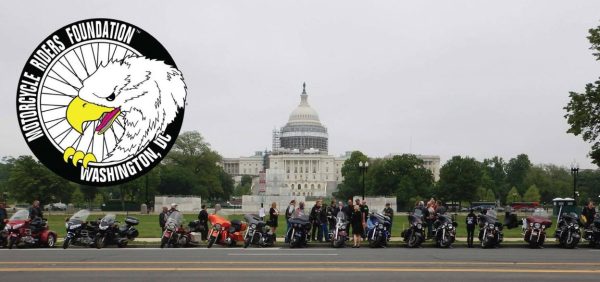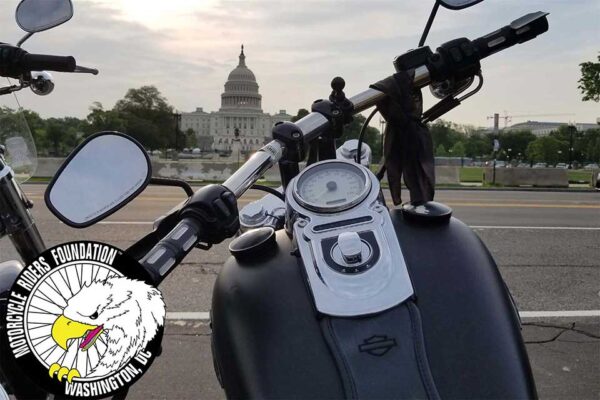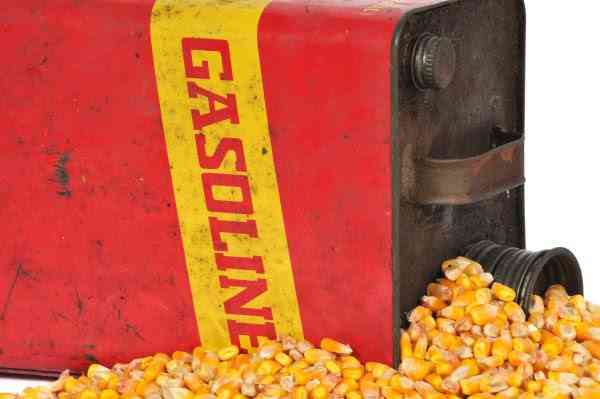Qianjiang-Produced Harley-Davidson X 500 is expected to be available in USA from 2024. US-specific owners manual has been published by Harley-Daivdson. The X 500 was announced for the Chinese market in April, and later for Australia and New Zealand, but the newly published owner’s manual assures a U.S. launch. There are distinct changes compared to the 2023 owner’s manual, adding information specific to the American market such as a U.S. vehicle identification number (VIN). The manual’s VIN breakdown specifically details the codes for models manufactured by Qianjiang in China for export to the United States. Warranty information and a clause marked as “Other Limitations” included six items in 2023 manual but for year 2024 manual there is an addition of a seventh item. This addition states United States customers are not allowed particular modifications that are not approved by the U.S. Environmental Protection Agency or the California Air Resources Board. A definition of tampering with noise control or exhaust emissions control systems is mentioned. These were absent for the manual meant for Chinese market. X 500 is the second model to be produced under the partnership between Harley-Davidson and Qianjiang, following the X 350. The smaller engine model was not intended for US market as per Q1 2023 report, though X350RA variant to be used by Harley-Davidson’s Riding Academy. It is expected the people and dealerships (and media) will react fast & furiously to a Made-in-China Harley-Davidson being sold in USA. We can expect the same liquid-cooled 500cc Parallel-Twin engine, claiming 47 hp at 8,500 rpm and 33 lb-ft. at 5,000 rpm. The claimed wet weight remains 456 pounds, and the fuel economy is unchanged, still claiming 49 mpg. Valve inspections are scheduled for every 15,500 miles. Click & know more about Bikernet’s Free Weekly Newsletter 2024 Harley-Davidson X 500








